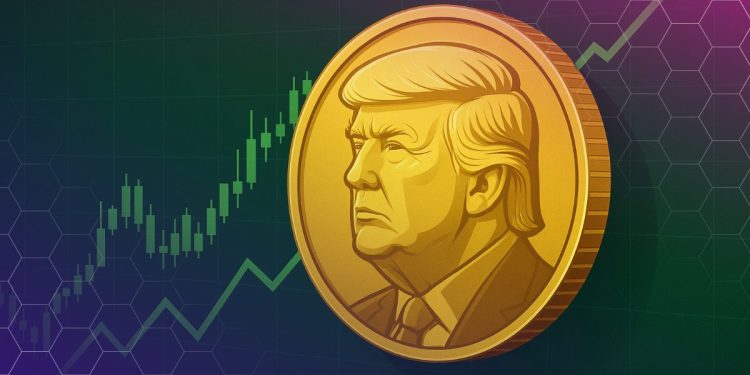A Washington-Beijing ceasefire may have changed the policy backdrop that has framed October trading. On October 30, 2025, Bloomberg reported a tariff truce, rare-earth relief, and a tariff cut to 10%, with soybean purchases resuming.
Reuters added timing and scope, describing a one-year pause on new rare-earth controls and fresh agricultural commitments, with signatures potentially coming next week and follow-up work on shipping measures. The tone shifts from escalation to process.
“I guess, on the scale from zero to 10, with 10 being the best, I would say the meeting was at a 12,,” Donald Trump told reporters after the summit in Busan.
Xinhua summarized Xi Jinping’s call to replace confrontation with dialogue and to deliver “tangible results” through coordinated follow-up.
Macro Pathways Into Crypto
Tariff relief generally softens dollar strength and steadies global growth expectations, which often coincides with firmer closes across risk assets. Crypto has tracked these swings since early October, reacting to policy threats and stabilizing when rhetoric cooled, with volatility concentrated around headline windows.
Rare-earth flexibility reduces uncertainty for equipment and data-center planning that supports validators and service providers. A one-year pause on new magnet controls gives operators time to schedule purchases and hedge energy needs without sudden procurement shocks.
The truce also lowers the probability of abrupt export or shipping curbs that disrupt dollar legs in cross-border settlements. When logistics are clearer, treasury teams trim precautionary buffers, which in turn reduces forced de-risking during busy periods.
Finally, a live policy track signals fewer weekend surprises. If negotiations advance through documented steps, macro risk premia compress more easily, allowing crypto to respond to cash demand rather than defensive positioning.
Micro Signals To Track
Stablecoin net issuance often stalls or contracts during policy scares, so a persistent upturn would point to fresh settlement liquidity supporting spot flows, which is a different profile from short-lived, leverage-driven bounces that unwind quickly.
The spot-to-futures basis and funding rates matter as well, since movement toward neutral typically signals that exposure is being added with cash instead of elevated leverage, a mix that tends to extend advances beyond single-session squeezes and reduce whipsaw risk.
When these micro signals strengthen together, price repair usually holds because depth improves while cash demand absorbs supply; if they diverge, headline relief often fades, leaving shallow bids and quicker reversals around U.S. data releases or policy headlines.
One-Month Setup After Tariff Truce
If soybean purchases and rare-earth pauses proceed on schedule, settlement frictions should ease at the margin. Shorter redemption queues and quicker quote tightening often appear during such periods, especially when equities close firm.
However, policy calm does not always guarantee inflows, at least not immediately. A renewed technology curb, currency flare-up, or shipping dispute would widen premia and thin depth, recreating the mid-October pattern of large liquidations and slower recoveries.
For now, the path tilts toward repair rather than shock. If depth rebuilds, stablecoin supply stabilizes, and basis settles, crypto can test sustained closes led by BTC and ETH, with SOL and XRP often providing higher-beta confirmation.
The post Tariff Truce Ripples Into Crypto: Will Market Catch Relief From US-China Deal? appeared first on Cryptonews.













